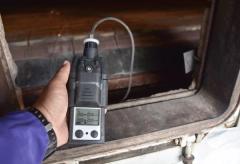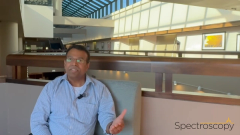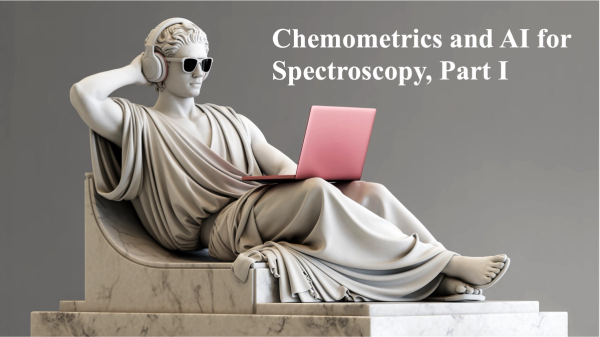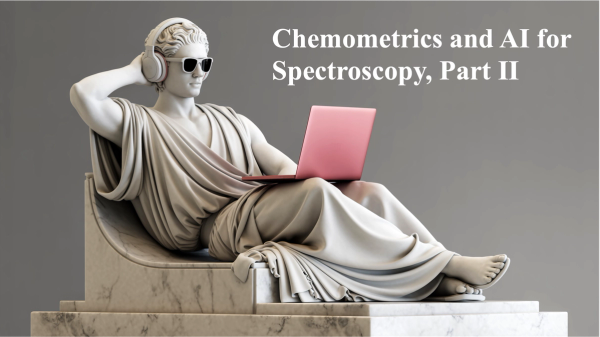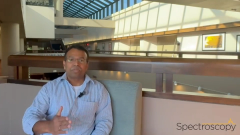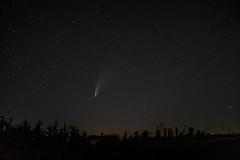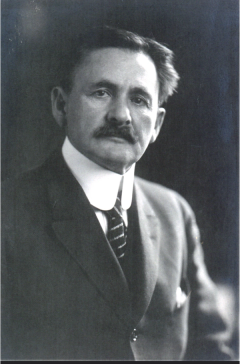
Spectroscopy
22 days ago
The Big Review VII: More Carbonyl Compoundsover 6 years ago
How to Choose the Correct Wavelength in ICP-OESLatest Content

Ep. 42: Did You Look at the Raw Data?

Deep Learning Meets Spectroscopy to Transform Plastic Recycling Accuracy

Measuring Ammonia in Sustainable Pig Production, Part II: Can Sensor Performance Be Separated from Measurement Protocols?
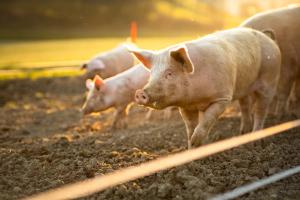
Measuring Ammonia in Sustainable Pig Production, Part I: How Good Are Methods Currently in Place?

Olive Mill Wastewater Powers Greener Breakthrough in Moroccan Shale Oil Extraction

Shorts
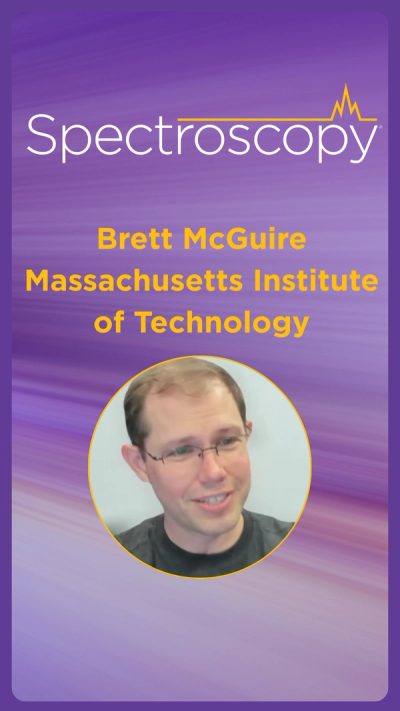
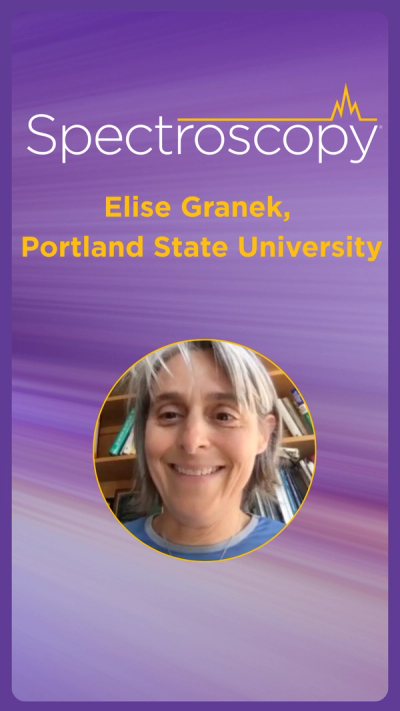

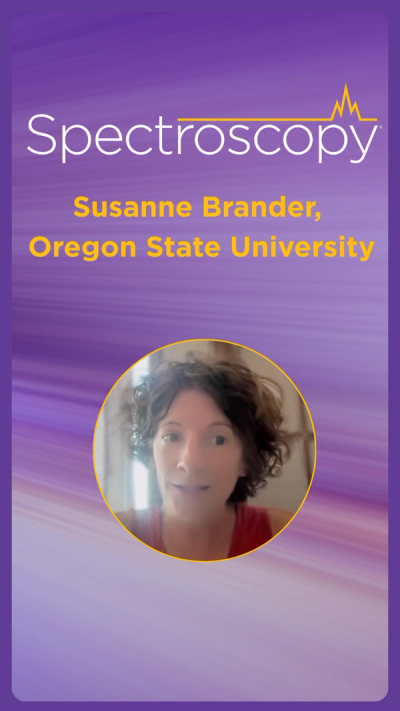

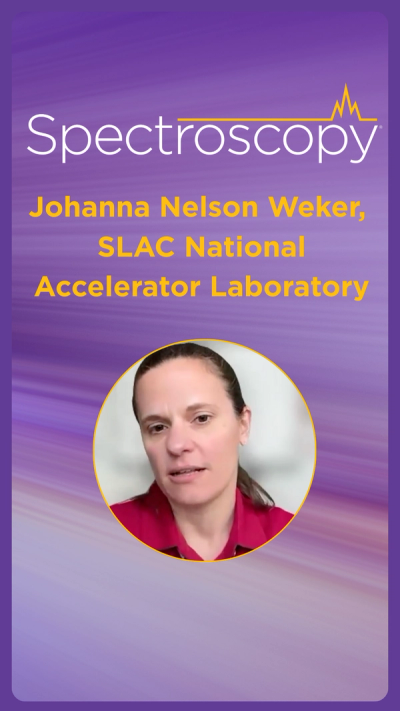



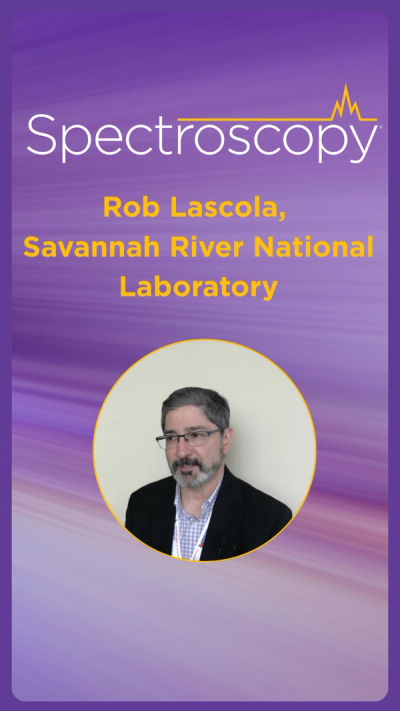
Podcasts
Videos
All Content

Over the course of the holiday break, Spectroscopy published several pieces recapping the year and previewing what’s to come in 2026. Here is a curated list of our top pieces.

Any undergraduate, graduate, or postdoctoral student, as well as interns or young spectroscopy professionals, are welcome to submit proposed blog entries. This move is part of Spectroscopy's efforts to engage younger researchers and scientists.

Experts comment on the biggest trends in spectroscopy heading into 2026, and what this means for science and technology.

A recap of a few interviews Spectroscopy editors have conducted with key opinion leaders at the forefront of technique innovation in 2025. These experts share their views on technological breakthroughs, analytical challenges, and the trends poised to redefine how we interrogate matter at every scale.

This feature reflects on the interviews Spectroscopy magazine conducted in 2025.

Artificial intelligence is transforming vibrational spectroscopy by automating calibration, feature extraction, and interpretation across Raman, infrared, near-infrared (NIR), and hyperspectral imaging (HSI) systems. This review of articles highlighted in Spectroscopy during 2025 captures several major developments, spanning data fusion, spectral imaging, and industrial and biomedical applications.
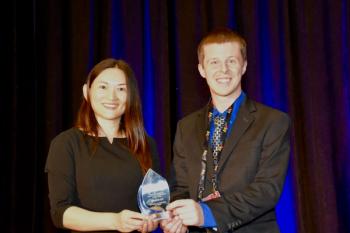
From San Francisco to Europe, we explored the most influential spectroscopy conferences of 2025, uncovering key trends, applications, and expert perspectives shaping the field today.

ABB announced that they will develop a lunar soil analysis instrument for Canada's Lunar Utility Rover, enhancing lunar exploration and resource utilization through advanced infrared spectroscopy.

A recent study shows that bioimpedance spectroscopy can non-invasively and reliably assess fruit and vegetable freshness by tracking electrical changes during ripening.

In this Spectroscopy blog post, Yang Liu, a Scientific Liaison for General Chapters at the United States Pharmacopeia (USP), discusses how data-driven methodologies are set to transform spectroscopy in 2026 and beyond, particularly in pharmaceutical analysis.

Top articles published this week include a farewell address from associate editorial director Caroline Hroncich, a new column on carbonyl compounds from Brian Smith, and an inside look at A-TEEM spectroscopy.

A heartfelt farewell reflecting on the meaningful work, community, and accomplishments achieved during my time at Spectroscopy.
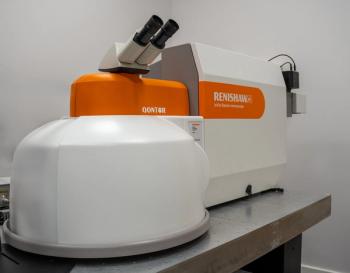
In a recent press release, Renishaw unveils TRRS technology, revolutionizing Raman spectroscopy by overcoming fluorescence challenges for accurate analysis of complex samples.

A study published in the Journal of Raman Spectroscopy reports the detection of polyethylene, PET, and nylon microplastics in Greece’s remote Dragon Lake on Mt. Tymfi.
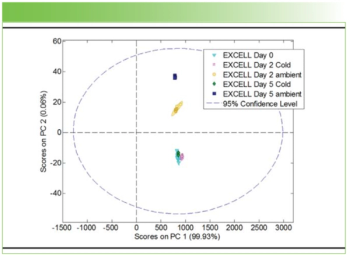
In this "Molecular Spectroscopy Workbench" column, a new spectroscopy, called A-TEEM, is explored.




